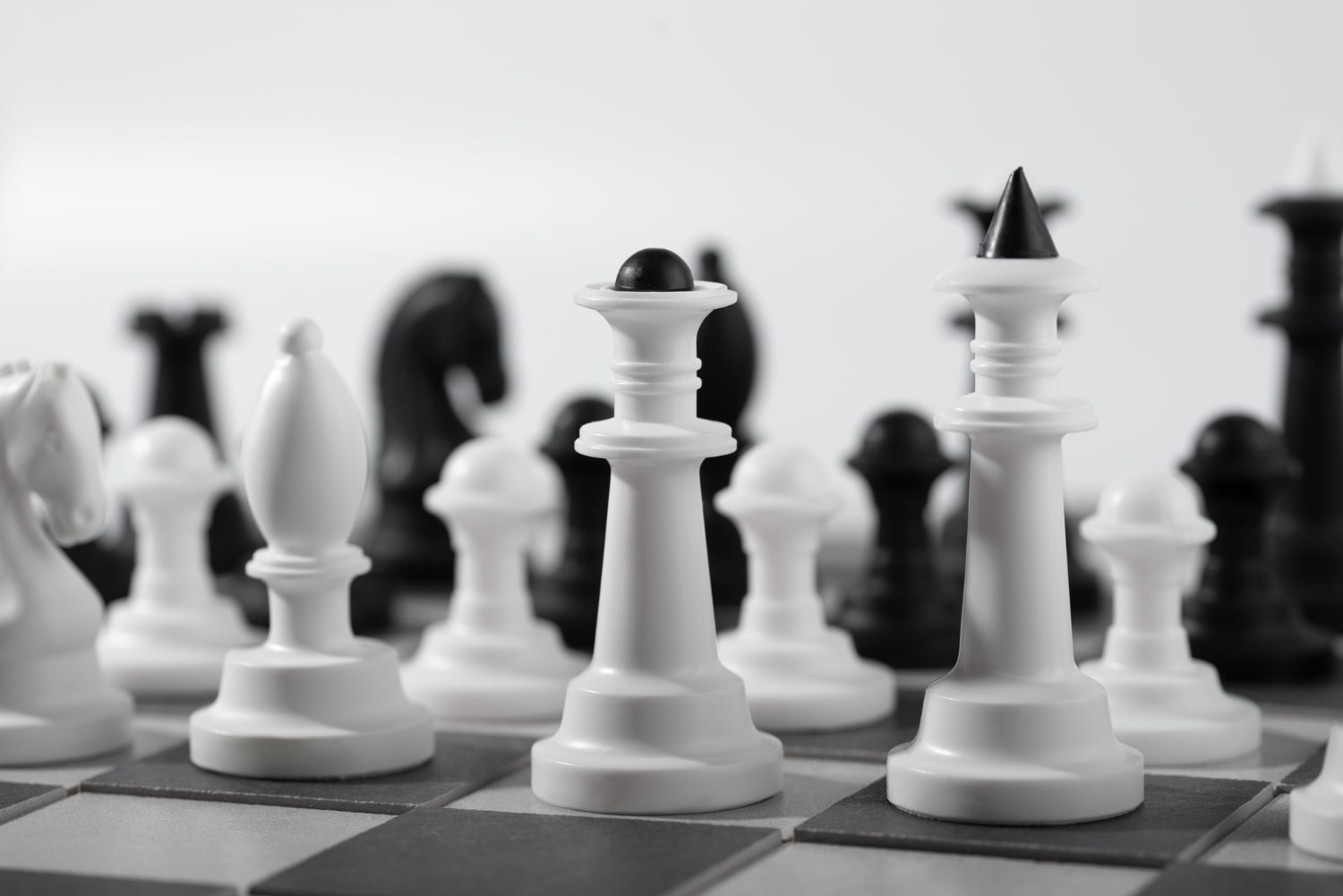Chess is not just a board game but a whole world of logic, strategy, psychology and mental art. It connects people of all ages, professions and cultures, stimulating intellect and developing patience. Over the centuries, chess has evolved, changed and adapted to new times, while remaining relevant even in the digital era. This game holds many secrets, discoveries and fascinating stories. Below are interesting and educational facts about chess you may not have known.
- It is believed that chess originated around the 6th century in India, where it was known as chaturanga. The game represented four types of military units including infantry, cavalry, chariots and war elephants. It later spread to Persia and then to Europe and the rest of the world. The modern version of chess was shaped in the 15th century.
- Chess offers an almost infinite number of possible game variations. According to mathematicians, the number of potential combinations in chess exceeds the number of atoms in the universe. This makes it one of the most complex games in terms of calculation. Even the most powerful computers still face challenges analyzing all possible positions.
- The shortest possible chess game ends in just two moves and is called the fool’s mate. It occurs very rarely and only when the opponent makes critical mistakes. One example is 1. f3 e5 2. g4 Qh4#. This is a classic reminder of the danger of leaving the king unprotected.
- Chess has been officially recognized as a sport by the International Olympic Committee. Although it is not included in the Olympic Games, global tournaments such as the Chess Olympiad are held regularly. Professional chess players train in ways similar to athletes in other disciplines. The game requires endurance, focus and analytical thinking.
- The first mechanical chess machine was created in the 18th century and was called the Turk. It appeared to play automatically, but in reality, a hidden person controlled it from inside. The Turk toured the world and amazed audiences until the deception was discovered. It is considered one of the first known cases of technical cheating in chess.
- Grandmaster is the highest title in chess and is awarded for life. It was introduced by FIDE in 1950, with 27 players becoming the first grandmasters. Today, there are more than 1700 grandmasters worldwide. The youngest in history is Abhimanyu Mishra, who earned the title at 12 years and 4 months old.
- Chess openings have their own names and deeply developed theories. Examples include the Sicilian Defense, the Spanish Game, the Caro-Kann Defense and the Queen’s Gambit. Each opening includes dozens and even hundreds of variations. Professional players study them for years to gain an advantage in the early stages of the game.
- The longest recorded chess game in history lasted 269 moves. It was played in 1989 between Nikolić and Arsović and ended in a draw. The match lasted over 20 hours. Such endurance is impressive even to those unfamiliar with chess.
- Chess uses a special notation system to record moves. It is an algebraic system where each square has a letter and number, and each piece is represented by a letter. For example, e4 means a pawn moves to the e4 square. This notation allows players to analyze games and use them for learning.
- Garry Kasparov held the top world chess rating for over 20 years. His 1997 match against the Deep Blue computer became a historic moment. The machine’s victory over the human marked the beginning of a new era in chess analysis. Despite the loss, Kasparov remains a legend of the game.
- The word check comes from the Persian word for king. The phrase checkmate originates from the Persian term shah mat, meaning the king is dead. This gives the end of the game a symbolic depth. It reflects the influence of language and culture on chess terminology.
- In some countries, chess is part of the school curriculum. It is believed to improve memory, logic, spatial thinking and decision-making skills. For example, in Armenia, chess lessons are mandatory in primary schools. Research shows that this has a positive impact on children’s intellectual development.
- Chess has inspired many artists, writers and filmmakers. It has become a symbol of mental struggle, fate and strategic decision-making. In art, chess often represents life, choice or confrontation. Examples include the films The Seventh Seal, The Queen’s Gambit and works by Vladimir Nabokov.
- There are also humorous and alternative forms of chess such as reverse chess or three-player chess. These variants were created for entertainment, training or developing creative thinking. Some of them have their own fan communities and tournaments. This proves that chess has endless potential for innovation.
- Modern chess platforms allow people to play against opponents from around the world in real time. Sites like Chess.com and Lichess connect millions of users. Online tournaments, live broadcasts and lessons are held regularly. As a result, chess is now more accessible and popular than ever before.
These amazing facts about chess show just how deep, complex and captivating this game truly is. It combines history, culture, mathematics and psychology, offering a challenge to both the mind and the character. Chess inspires, educates and brings people together across the globe. By learning such fascinating facts, we discover new dimensions in a game we thought we already knew.





